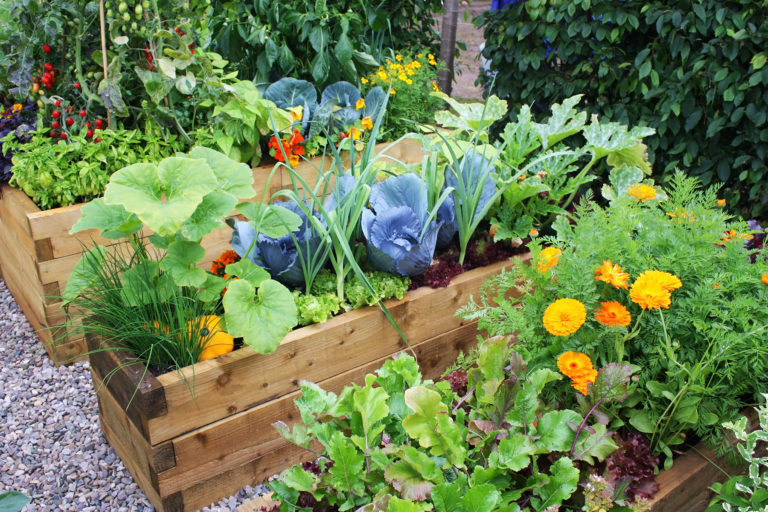
7 Easy Ways to Make Your Garden More Pollinator-Friendly
As the days lengthen and the first blooms of spring begin to unfurl, our thoughts naturally turn to the garden. There’s nothing quite like the promise of fresh vegetables, vibrant flowers, and the gentle hum of bees flitting from blossom to blossom. But a thriving garden isn't just about what we plant; it's also about creating a haven for the vital pollinators that keep our ecosystems healthy and our harvests bountiful. Luckily, making your garden more pollinator-friendly is easier than you think! Here are seven simple steps you can take to transform your backyard into a buzzing paradise.
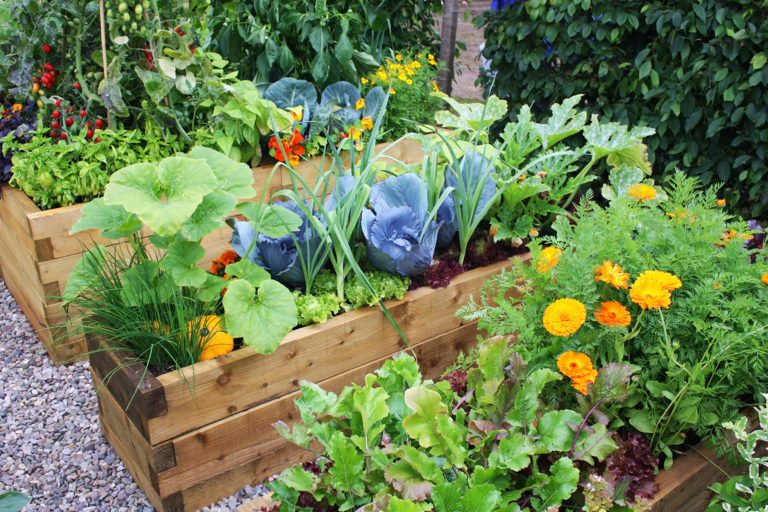
1. Plant a Diverse Array of Pollinator-Friendly Plants
The cornerstone of any pollinator garden is, of course, the plants themselves. Aim for a diverse selection of flowers that bloom at different times throughout the growing season. This ensures that pollinators always have a food source available. Research native plants that are well-suited to your local climate. Native plants are often the most attractive and beneficial to local pollinator species.
Actionable Tip: Visit your local nursery and ask about plants native to your region that attract pollinators. Look for varieties with single, open blooms, as these are easier for pollinators to access nectar and pollen. Avoid highly hybridized or double-flowered varieties, as they often lack nectar or have difficult-to-reach pollen.
2. Embrace Native Plants
Native plants are the unsung heroes of the pollinator garden. They've evolved alongside local pollinator species, forming intricate relationships that benefit both the plants and the insects. Not only are they well-adapted to your region's climate and soil conditions, reducing the need for watering and fertilizing, but they also provide the specific food and habitat that native pollinators need to thrive.
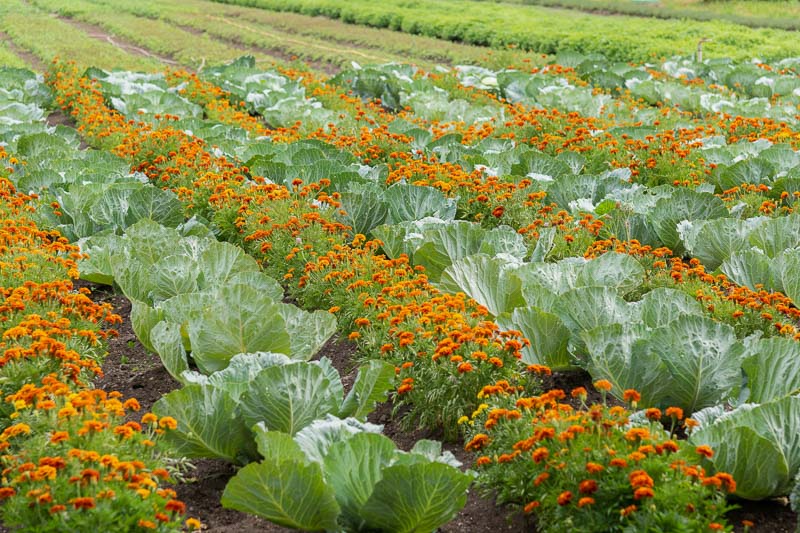
Example: In the Northeast, consider planting milkweed for Monarch butterflies, bee balm for hummingbirds, and asters for late-season bees. On the West Coast, California poppies, lupines, and buckwheats are excellent choices.
3. Create a Pollinator Water Source
Pollinators get thirsty too! Providing a shallow water source can be a lifesaver, especially during hot summer months. A simple birdbath with pebbles or marbles for insects to land on works perfectly. You can also create a "puddle station" by filling a shallow dish with water and adding some soil or sand.
DIY Pollinator Water Source: Find a shallow dish (a terracotta saucer works well), add a layer of pebbles or marbles, and fill with water, ensuring the pebbles are partially submerged to provide landing spots for pollinators. Clean the water source regularly to prevent mosquito breeding.
4. Ditch the Pesticides and Herbicides
This one is crucial. Many pesticides and herbicides are harmful to pollinators, even those labeled as "bee-friendly." Opt for organic gardening practices instead. Encourage natural predators like ladybugs and lacewings to control pests. Hand-pick pests off plants, or use insecticidal soap or neem oil as a last resort, applying them in the evening when pollinators are less active.
Organic Gardening for Pollinators Tip: Attract beneficial insects by planting herbs like dill, fennel, and cilantro, which provide food and shelter for them. Companion planting can also help deter pests naturally.
5. Provide Shelter and Nesting Sites
Pollinators need more than just food and water; they also need safe places to rest, shelter, and nest. Leave patches of bare ground for ground-nesting bees. Build or purchase a bee house for solitary bees. Allow some leaf litter to accumulate in the fall to provide overwintering habitat for insects.
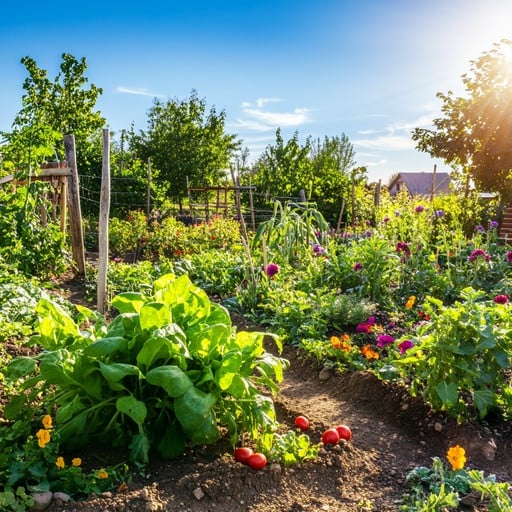
Backyard Project: Build a simple bee house by drilling holes of varying sizes (3-10mm) into a block of untreated wood. Mount the bee house in a sunny, sheltered location, facing south or southeast.
6. Embrace a Little "Wildness"
A perfectly manicured garden isn't necessarily the most pollinator-friendly. Leave some areas a little wild – allow wildflowers to bloom in a corner, let herbs flower, and don't be too quick to remove "weeds." These "weeds" often provide valuable nectar and pollen sources for pollinators.
Example: Dandelions, often considered a nuisance, are an important early-season food source for bees. Consider letting them bloom briefly before mowing them down.
7. Plant in Clumps or Masses
Instead of scattering individual plants throughout your garden, plant them in clumps or masses of the same variety. This makes it easier for pollinators to find and forage on their favorite flowers. A large patch of a single flower type is much more attractive to pollinators than a single plant surrounded by other varieties.
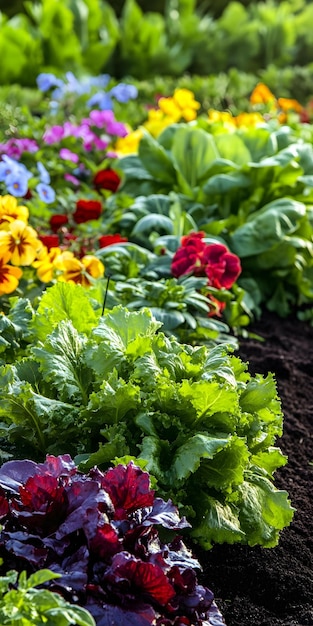
Gardening for Pollinators Layout: Group at least three to five plants of the same variety together for maximum impact. Consider the mature size of the plants when planning your garden layout.
Creating a Cozy Living Space
A pollinator-friendly garden not only benefits the environment but also enhances your own enjoyment of your outdoor space. Imagine sitting in a cozy nook, surrounded by buzzing bees and fluttering butterflies, while sipping a glass of iced tea. By creating a haven for pollinators, you're also creating a beautiful and inviting space for yourself and your family.
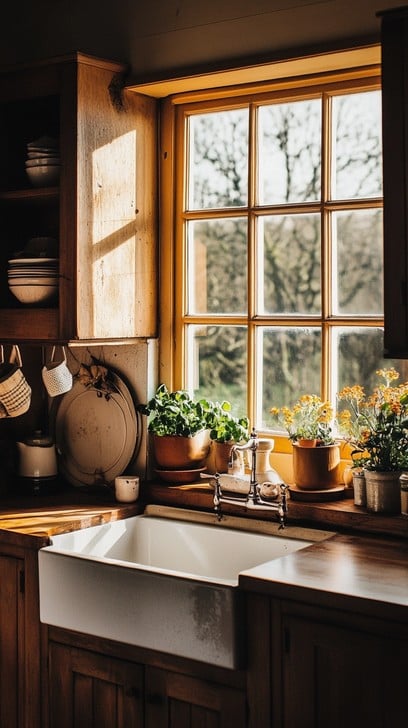
The heart of any home often lies in the kitchen, and bringing elements of your pollinator garden indoors can create a seamless connection between the inside and outside.
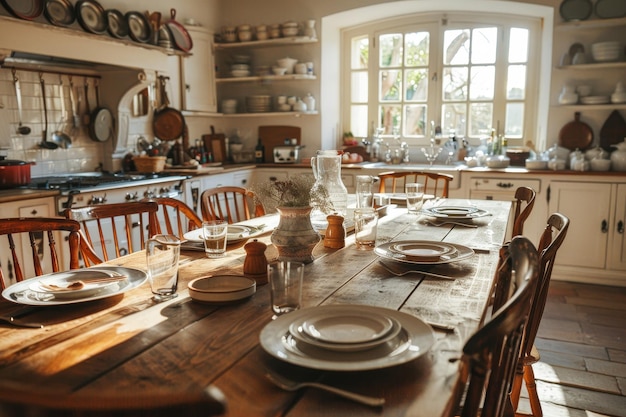
A sunlit kitchen with views of your thriving garden provides a sense of peace and connection to nature, enriching the overall living experience.
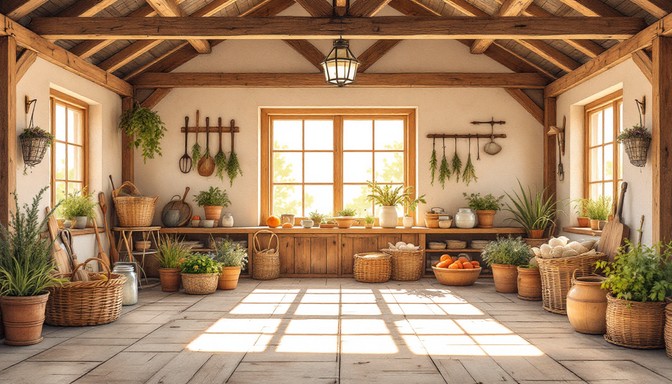
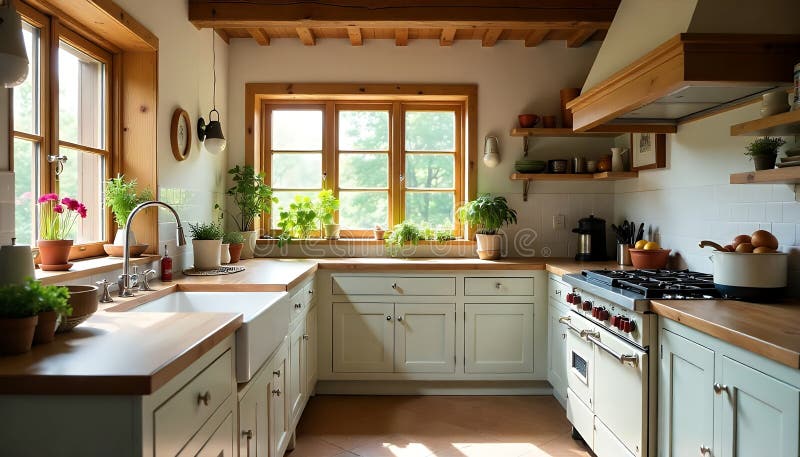
Whether it's enjoying the view from a sun-drenched kitchen or creating a tranquil outdoor escape, incorporating elements of nature enhances the warmth and charm of your home.

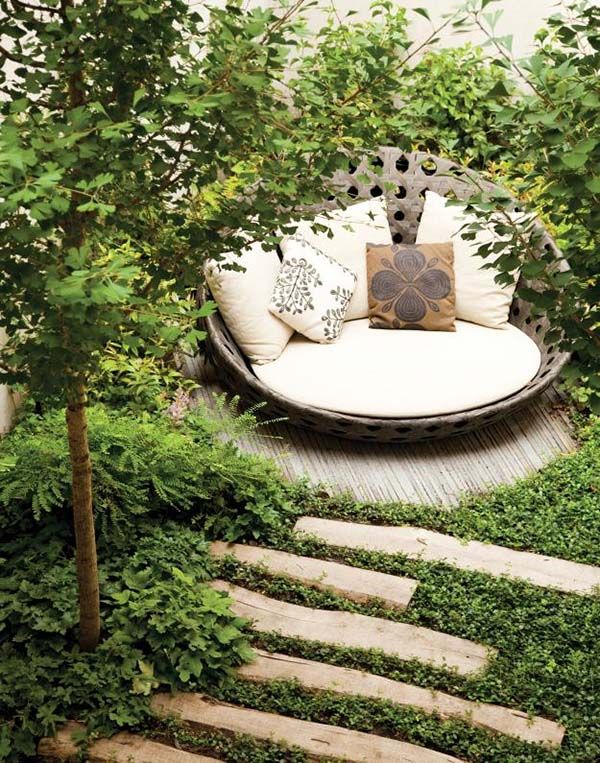
By following these seven easy steps, you can create a beautiful and thriving garden that supports pollinators and enhances your connection with nature. It's a win-win for you and the environment!
What are your favorite ways to attract pollinators to your garden? Share your tips and experiences in the comments below! We'd love to hear from you.